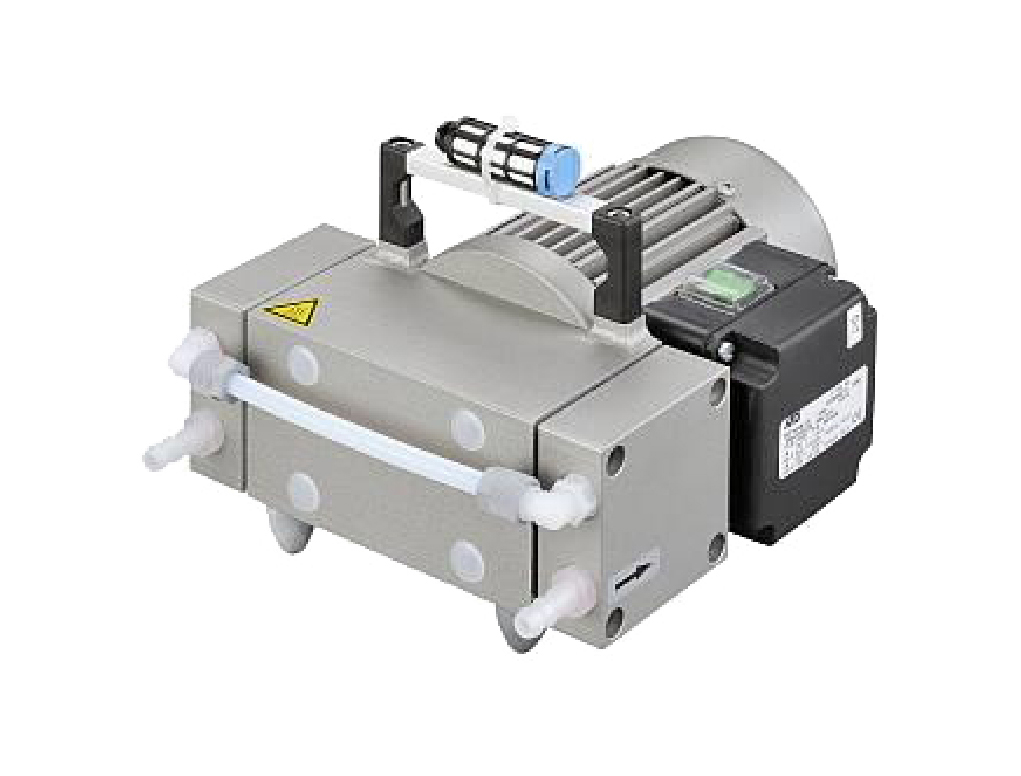Dry vacuum pumps offer several advantages that contribute to energy efficiency and reduced operating costs compared to other vacuum pump types, such as oil-sealed rotary vane pumps or liquid ring pumps.
Here are some key reasons:
- No Oil or Liquid Requirement: Dry vacuum pumps operate without the need for lubricating oils or sealing liquids. This eliminates the costs associated with purchasing, disposing of, and maintaining these fluids. It also eliminates the risk of oil contamination in the process, which can be especially important in applications that require clean vacuum environments.
- Lower Maintenance Costs: Oil-sealed pumps and liquid ring pumps require regular maintenance to change and dispose of oil or liquid, replace worn parts, and ensure proper sealing. Dry vacuum pumps have fewer moving parts and typically require less frequent maintenance. This results in lower maintenance costs and reduced downtime for maintenance activities.
- Energy Efficiency: Its designed to be more energy-efficient than traditional pump types. They often incorporate advanced technologies such as variable speed drives and optimized rotor designs, allowing them to operate at the required vacuum levels while consuming less energy. This energy efficiency can lead to significant cost savings over time, especially in applications that require continuous operation.
- Reduced Environmental Impact: The absence of lubricating oils in dry vacuum pumps eliminates the risk of oil leaks or spills, which can harm the environment and necessitate costly cleanup efforts. Additionally, the reduction in waste oil generation contributes to a more environmentally friendly operation.
- Longer Service Life: Dry vacuum pumps typically have longer service lives than oil-sealed pumps due to their simpler design and reduced wear and tear. This means that capital investments in purchasing pumps can be spread over a longer period, reducing the overall life cycle cost.
- Improved Process Control: this mechine can offer more precise and consistent vacuum levels, leading to better process control and product quality. This can result in fewer production defects and improved yield, ultimately impacting the bottom line positively.
- Compact Design: They are often more compact and lightweight compared to other pump types, allowing for easier installation and integration into existing systems. This can reduce the space requirements and associated costs for setting up vacuum systems.
- Flexibility in Application: Used in a wide range of applications, from Laboratory Equipment to research laboratories to industrial processes. Their versatility means that a single pump type can serve multiple purposes, reducing the need for specialized equipment and associated costs.
